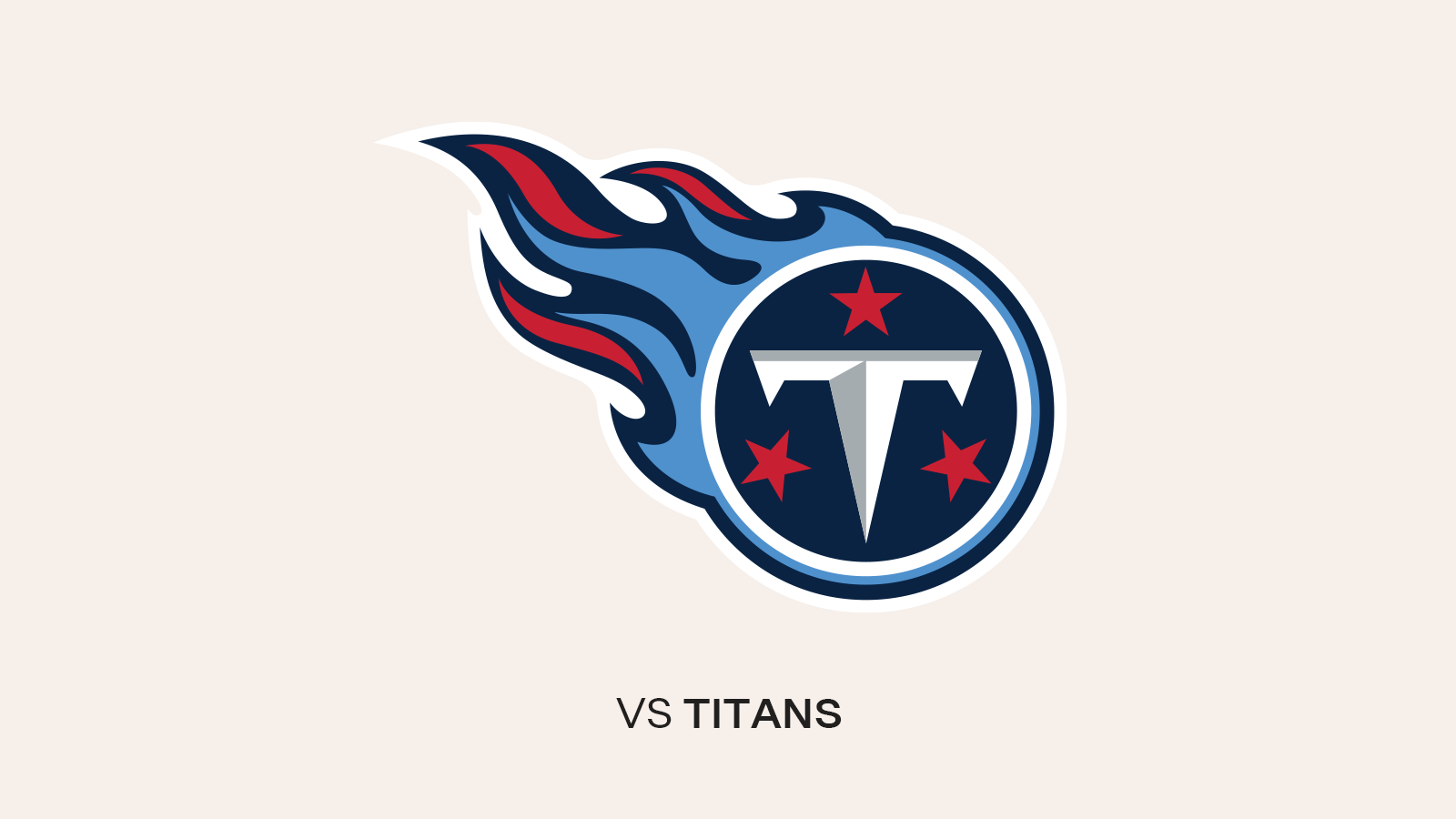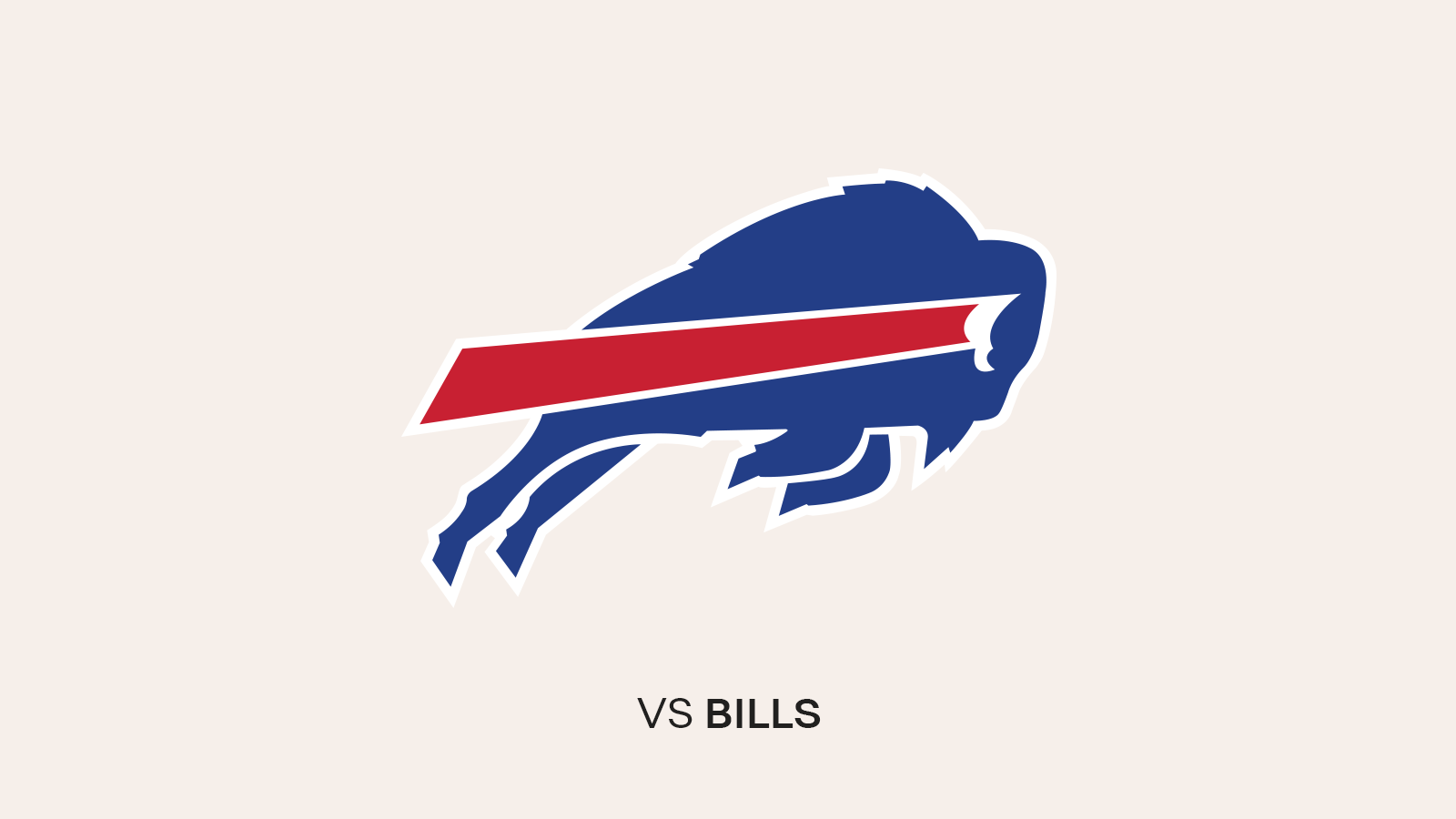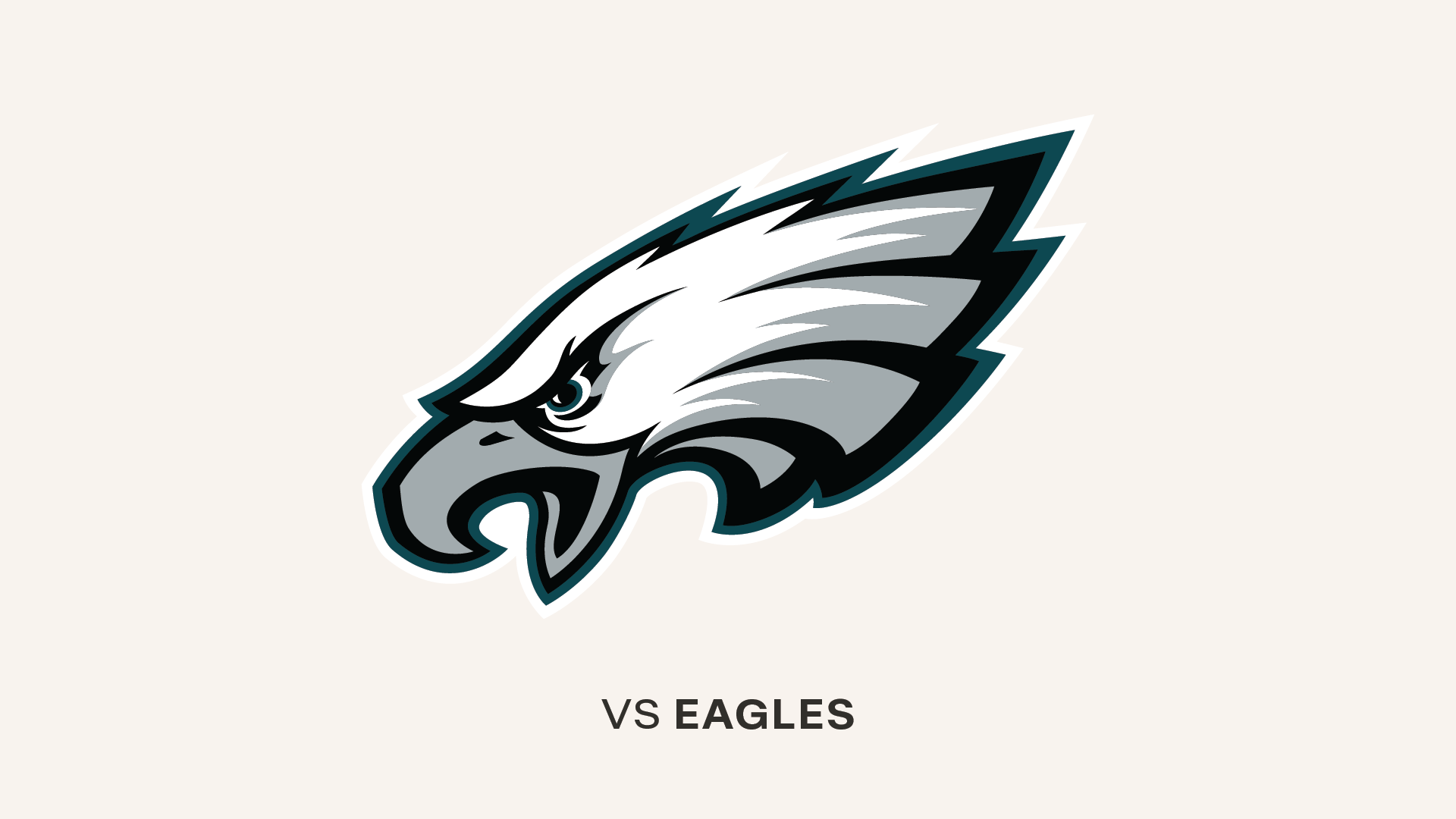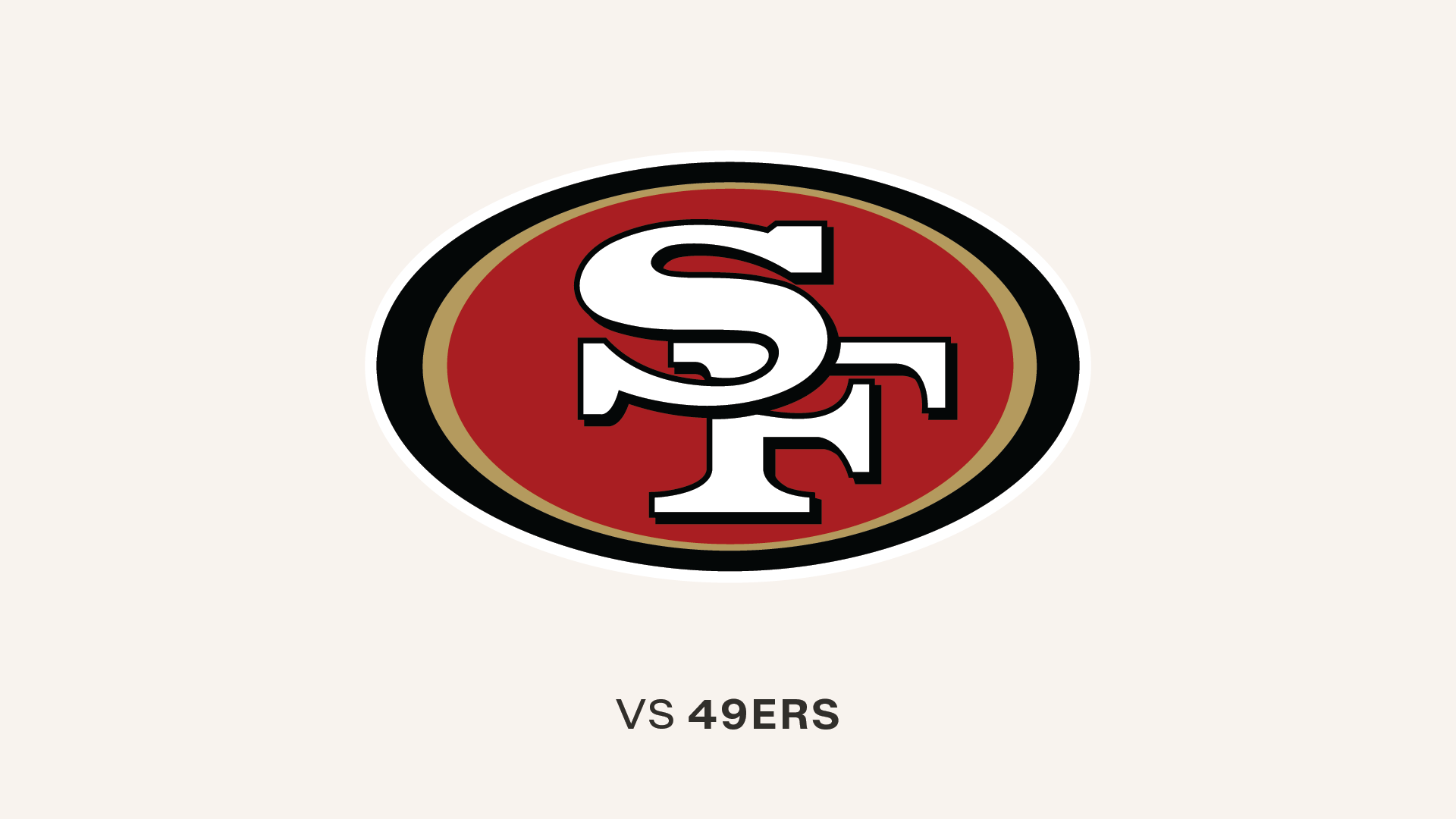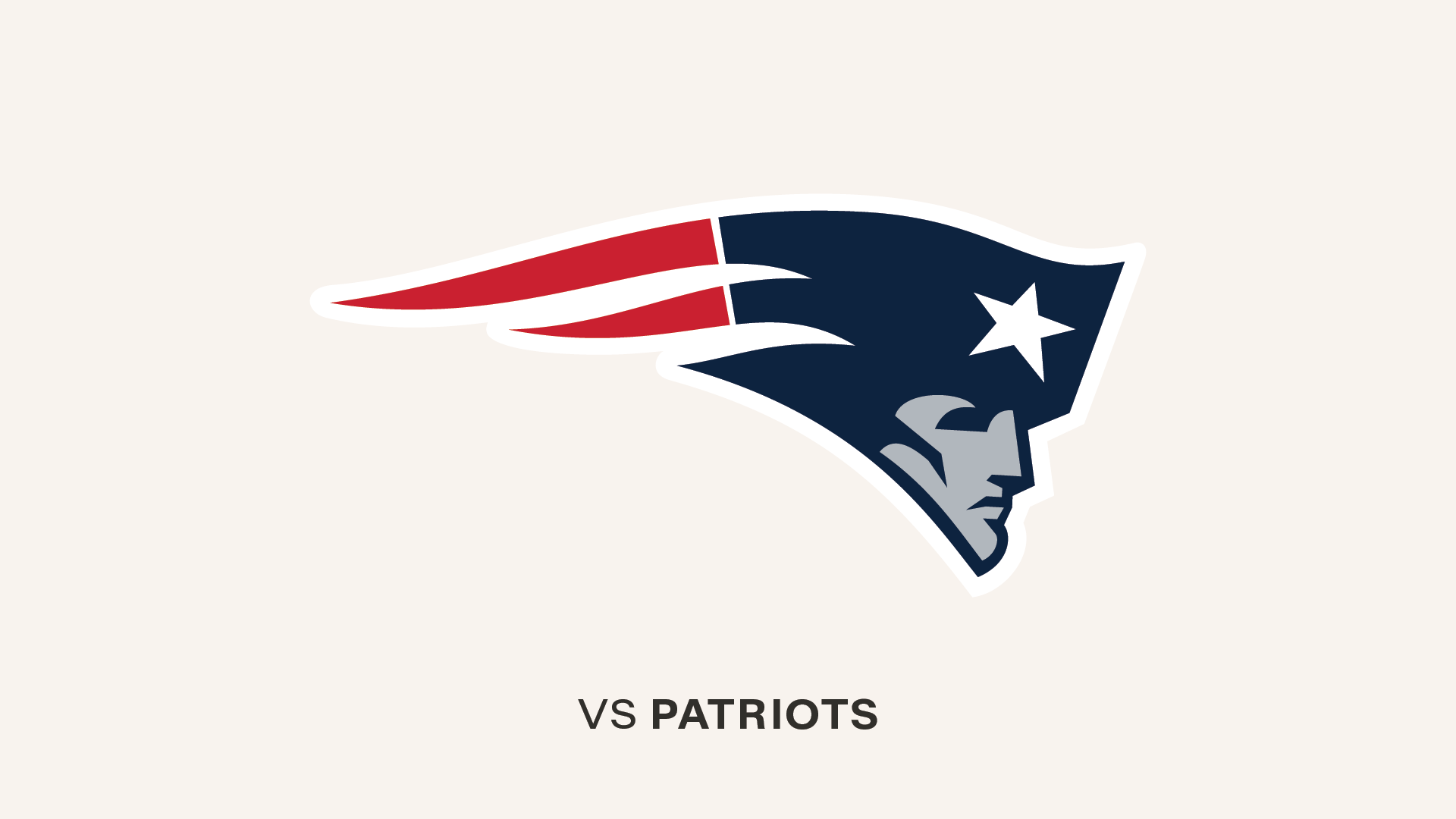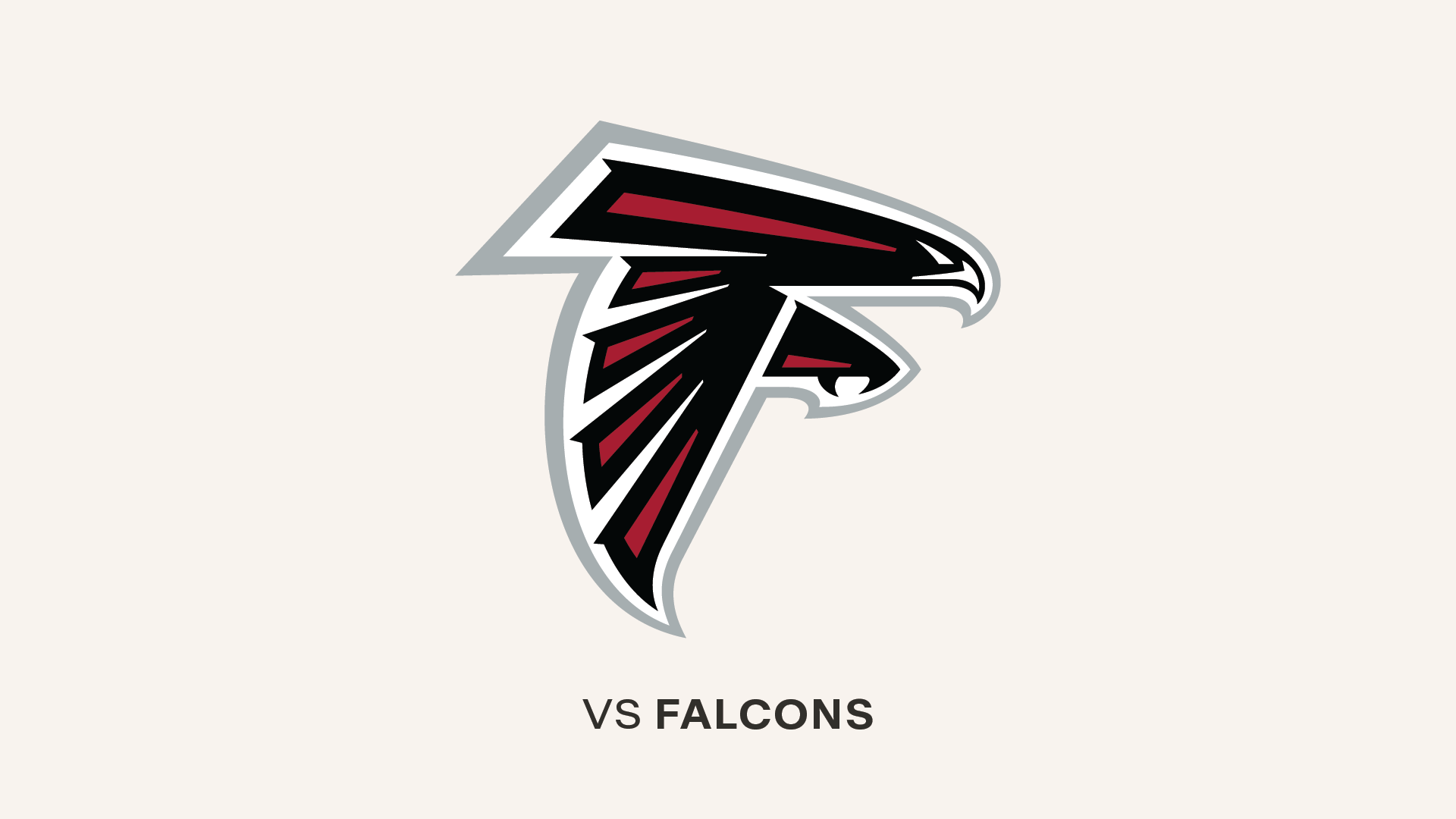The top pictures from the third week of OTAs at One Buc Place.
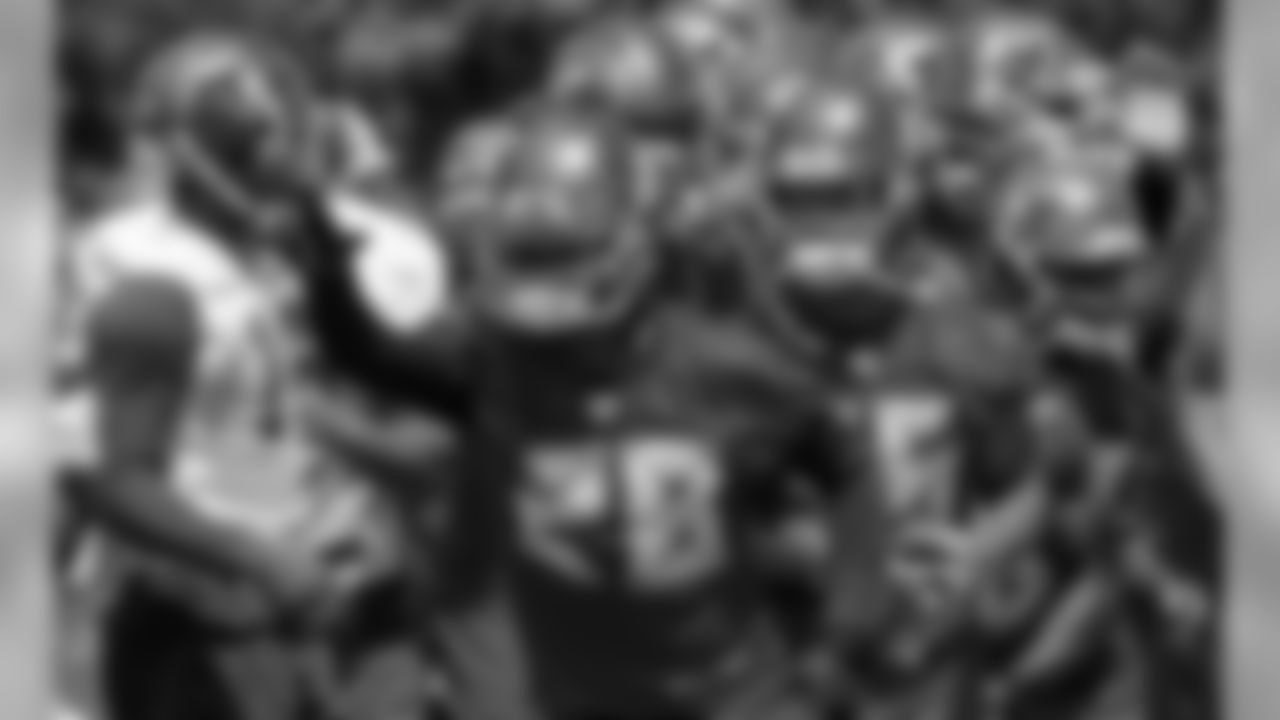
28 CB Vernon Hargreaves
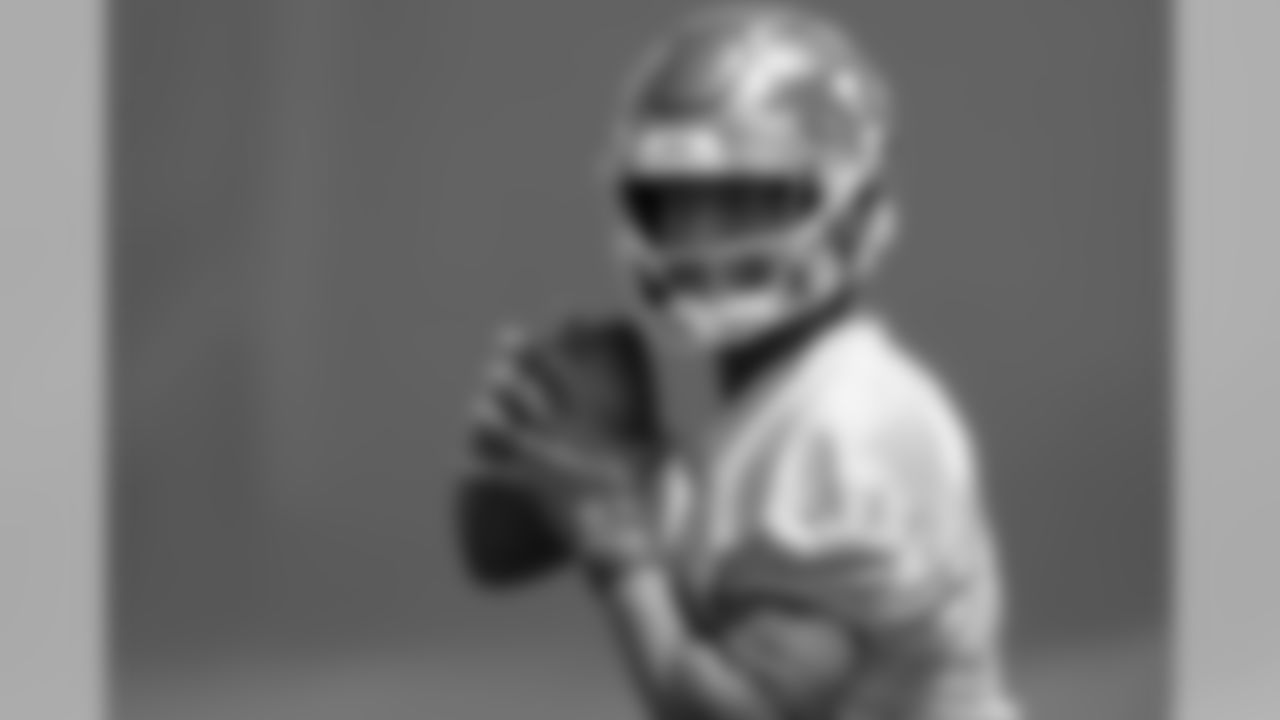
3 QB Jameis Winston

10 WR Adam Humphries
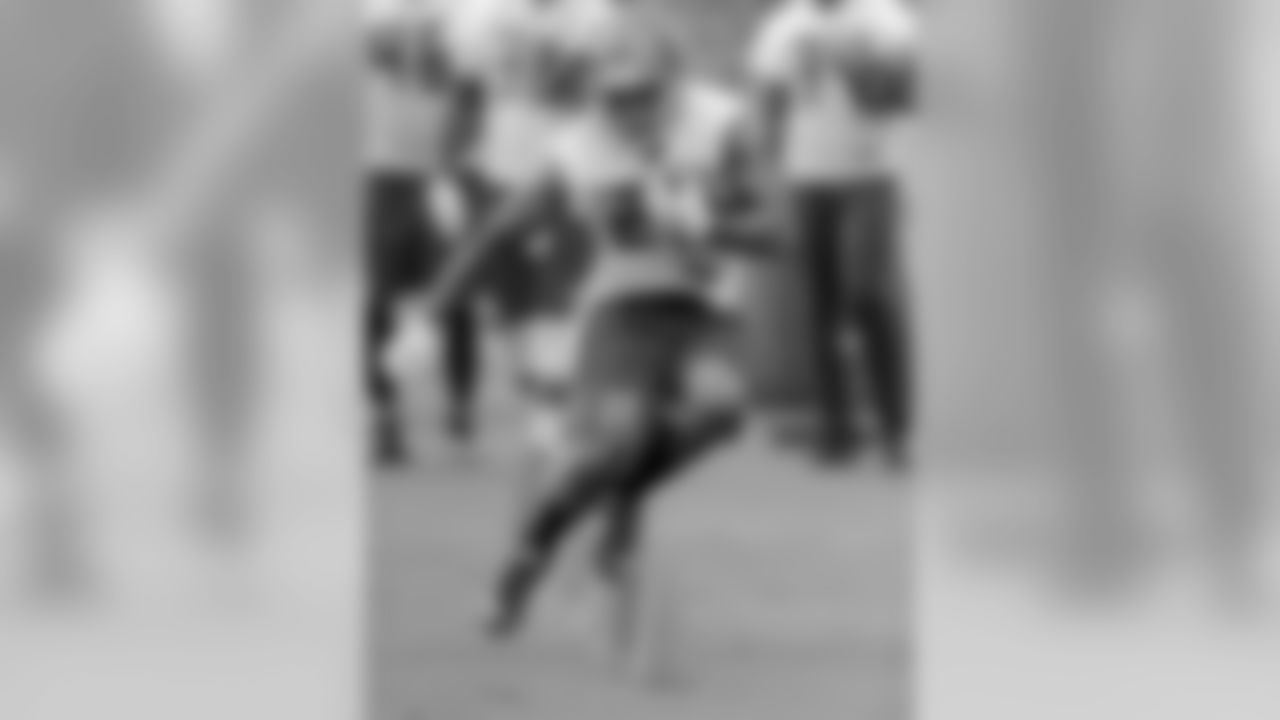
22 RB Doug Martin

80 TE O. J. Howard
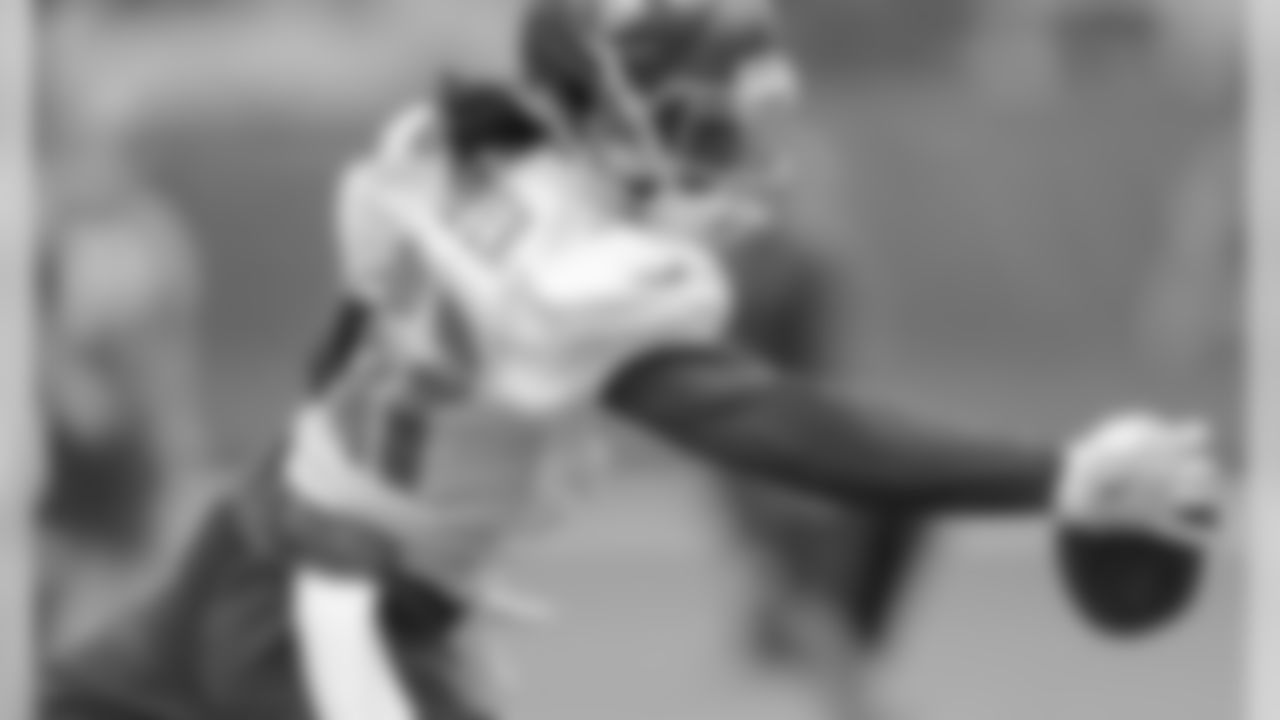
87 WR Derel Walker

21 S Justin Evans
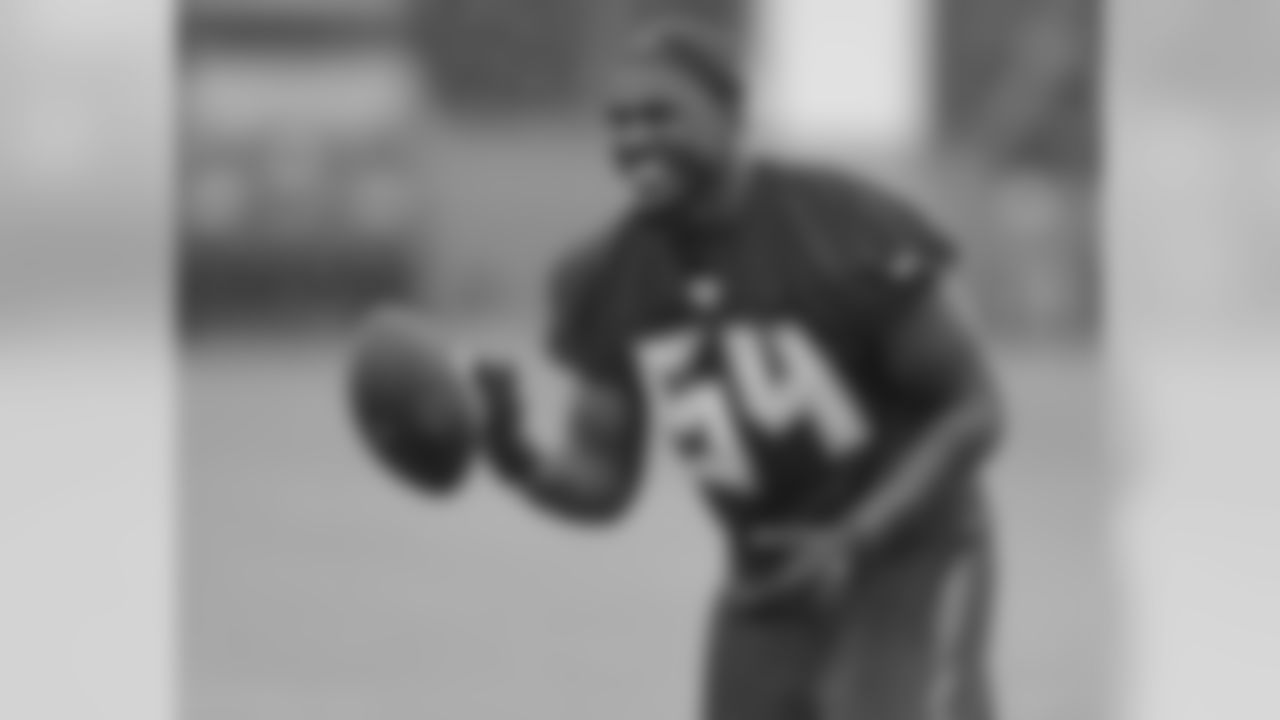
54 LB Lavonte David

3 QB Jameis Winston
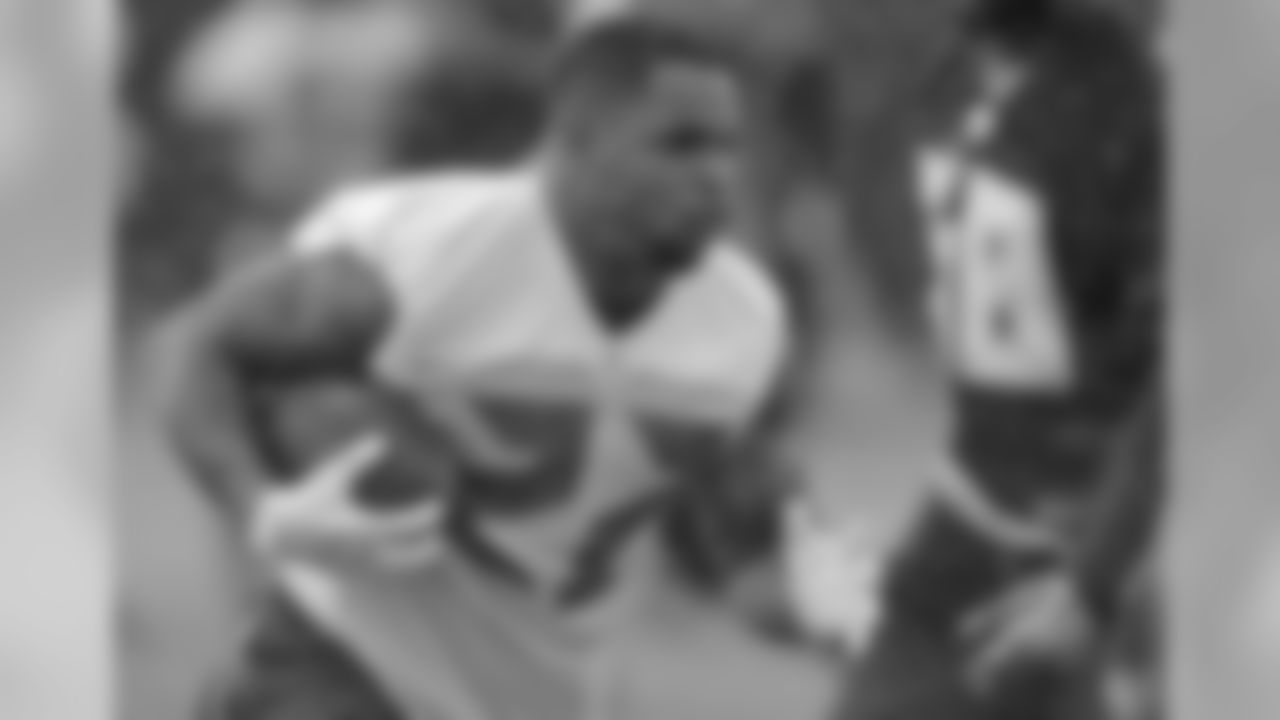
22 RB Doug Martin
The Tampa Bay Buccaneers will conclude their 10-week offseason training program this week with a mandatory three-day mini-camp. After the final workout on Thursday, players will have roughly a month and a half to rest and recharge before the start of training camp in late July.
Since there will still be no pads or contact this week, per CBA regulations, the intensity of the action in mini-camp will still pale in comparison to training camp. Wide receiver Mike Evans laughingly pointed out last week that mini-camp practices are essentially the same as the OTA workouts the team has been conducting the past three weeks. He's right, except for one that one descriptor used above: "mandatory."
READ: 5 STANDOUTS FROM OTAs
The Buccaneers should have 90 pairs of hands on deck this week, with only a small handful of players sitting out as they recover from injuries. That at least provides us with a full cast as we get our last evaluative look at the team before training camp. This Tampa Bay team finished 9-7 in 2016, barely missed the playoffs, and spent the next five months directly addressing its biggest deficiencies. Now in the mix either via free agency, the draft or recovery from injuries are Ryan Fitzpatrick, DeSean Jackson, O.J. Howard, Chris Godwin, Doug Martin, Charles Sims, Jeremy McNichols, J.R. Sweezy, J.J. Wilcox, Justin Evans, Kendell Beckwith, Chris Baker, Jacquies Smith and Stevie Tu'ikolovatu.
What will be the sum impact of all those additions? We won't know for some time. But this week's mini-camp gives us one last chance to run through the math before putting the text books away for summer vacation. Here are five equations we'll be keeping our eyes on this week as the Bucs wrap up their offseason.
(The truth: None of these are real equations. We're just having fun with numbers. Join us!)
1. (78x5) + (315x5)
As of now, Tampa Bay's starting offensive line pivots around a new center, third-year man Ali Marpet, who is attempting a conversion from the right guard spot he's manned very well in his first two seasons. Though it is far from a certainty, and it serves the goal of increasing O-Line versatility either way, Marpet could still be at center when the season begins. If so, he may be flanked by incumbent left guard Kevin Pamphile and (sort of) newcomer J.R. Sweezy at right guard. Pamphile grabbed that left guard spot last season when Sweezy was kept off the field by a back injury after signing as an unrestricted free agent. Sweezy has returned to action after his lost season and is now running with the first team at his natural right guard position.
Outside that three-man interior is third-year left tackle Donovan Smith and right tackle Demar Dotson, the team's elder statesmen. What do these five men have in common? They're tall. And big.
Head Coach Dirk Koetter has said repeatedly that the Bucs' experiments with linemen at different spots are designed to get the best five blockers on the field. In this case, that would also mean some of the team's biggest men, and perhaps the most stout offensive front the franchise has fielded in a long time. That "math equation" above represents that size: The Smith-Pamphile-Marpet-Sweezy-Dotson combination runs an average of 6-foot-6 (that's 78 inches in the equation) and 315 pounds. It's a good thing the Bucs have a tall quarterback in Jameis Winston. As a comparison, the starting line for the Buccaneers' Super Bowl team in 2002, which was by no means a small group, averaged 6-4 and 304 pounds each.
Is this important? Well, it can be if all that size is also strong, nimble on its feet and able to move around on pulling plays, tunnel screens and the like. Sweezy built a reputation as a very strong and rugged run-blocker in Seattle; Marpet and Pamphile showed they could move well in last year's offense; Dotson has proved to be a long-shot NFL success because he moves well and stays balanced despite being 6-9; and Smith, the biggest of the group at 338, came on strong in the second half of last season.
The problem with evaluating this group during mini-camp, of course, is that they still can't bash into the guys across the line. It's nearly impossible to judge the raw strength of either line during non-contract drills, but one can see how well they move, individually and in concert. And perhaps most of all, one can get a feel for how well Marpet is adjusting to being the cerebral cortex of the O-Line brain, which is required of the center.
2. 28+1
That's Vernon Hargreaves plus DeSean Jackson, going one-on-one, which will definitely happen at certain points during this week's mini-camp. Most likely they'll see quite a bit of each other in the, well, "one-on-one" WR-DB drills.
(Hargreaves wears #28. Jackson wears #11 in games but likes to practice in the #1 jersey.)
Jackson was brought in to give the offense an infusion of speed, and he wasted no time showing off his 30-year-young wheels in his first few practices with the team. The NFL's leader in 50+-yard receptions over the last nine years, Jackson could get behind any NFL cornerback, and one-on-one drills are inherently tilted in the offense's favor. Thus, it's no knock on Hargreaves if Jackson happens to catch a deep pass on him, as was the case in the video linked above.
Either way, it's a great test for Hargreaves, who is heading into his second NFL season after being drafted 11th overall in 2016. The Buccaneers were quite pleased with Hargreaves' season, and they had him on the field for 98% of their defensive snaps, but they still expect progression in 2017. Most significantly, Tampa Bay's coaches want Hargreaves to play more aggressively, using his impressive talents to create more big plays.
That's more of a challenge when one is matched up against Jackson, especially with no safety help, no press coverage and no pass-rush to hurry the quarterback. Any cornerback lined up a few yards away from Jackson has to be thinking about the deep ball first. It might seem a bit unfair to the young corner, but it will help prepare him for some of his tougher matchups during the season.
And, unlike the O-Line and its no-contact caveats, this matchup can play out at full speed. Hargreaves won't have the option to jam Jackson at the line, but otherwise this is a test of speed, footwork and reaction time. It should be fun to watch.
3. 4-1 or 4-2
This is all about how the Buccaneers' quarterback depth chart looks now and how it will look in training camp and in the regular season.
Tampa Bay is currently carrying four passers. Jameis Winston is the incumbent starter, obviously, and Ryan Griffin also returns from a 2016 group that is now without Mike Glennon. Veteran Ryan Fitzpatrick was signed after the draft, creating a pretty good competition with Griffin for the #2 spot. Here's how Koetter responded last week when asked if Fitzpatrick had the inside track to that prime backup job.
"No, not necessarily," said Koetter. "He's got the experience factor, that's for sure, but Ryan Griffin's had a really good offseason. He's throwing the ball tremendous. We'll see how it plays out. We love Fitzpatrick's experience. He's been here three weeks where Griffin's been here two-and-a-half years. That's another good battle."
WATCH: HIGHLIGHTS FROM OTAs
The fourth quarterback on the roster is rookie Sefo Liufau, who was signed as an undrafted free agent out of Colorado. Liufau would not seem to be a prime contender for the first two spots on the depth chart, but he's certainly getting a chance to prove himself as a long-term project.
The first question with this group, as expressed in the subtraction equation above, is how long will the team stay with four? The Buccaneers did take four quarterbacks into training camp last season, but they cut Dan LeFevour after about a week. Tampa Bay only took three quarterbacks into camp in 2015. Still, with a 90-man roster it's not terribly difficult to carry four, so Liufau should continue to get a chance as long as he is impressing the coaching staff.
The second question is, will the Buccaneers carry two or three quarterbacks during the regular season? Since the league did away with the "inactive third quarterback" provision on game days in 2011, many teams have chosen to carry only two passers on the 53-man roster during the season. However, Tampa Bay carried three in both 2015 and 2016, precisely because they saw promise in Griffin and new that Glennon was likely departing after the '16 campaign. Will that change this year if Fitzpatrick wins the #2 job? Teams that carry just two QBs always keep a third one on the practice squad in order to run the scout team and be ready for a promotion in case of injury, but practice squad players can be poached by another team at any time.
This is another area in which we can get some solid evaluation in mini-camp. Simply put, how good do those four passers look slinging the pigskin? We won't see those equations completed this week, but it the three practices will provide a solid preview.
4. 12÷3
Number 12 is Chris Godwin, the rookie wideout who has been the talk of OTAs.
Those are just a few samples from tweets over a three-week period, as Godwin has been impressively consistent and consistently impressive from route to route and practice to practice. The offense is already loaded with possibilities bearing the names of Mike Evans, DeSean Jackson, Cam Brate, O.J. Howard and Adam Humphries, but early results indicate the team will need to find some work for their third-round rookie from Penn State.
But where? That's the story of the equation above. How do you get Godwin (#12) on the field when you already have Evans as the starting 'X,' Jackson as the new 'Z' and Humphries in the slot, where he caught 50 passes last year? Will he learn all three positions and be some combination of X, Y and F (what the Bucs call that fifth eligible, whether it's a slot receiver or a pass-catching tight end)? Or will the coaches choose to let Godwin concentrate on one or two jobs in anticipation of having a very specific role for him in the regular season.
SOCIAL: BEST OF THE BUCS, JUNE 11
There is no answer to that question yet (you're reading that a lot here, aren't you), and the question has been further complicated during the completely voluntary OTAs by the period absences of some of the other receivers. This week, all of the team's receivers will be on hand and it will be interesting to see where they line up from snap to snap. That's particularly true in respect to Godwin.
5. 1:1
That's a ratio, one to one. Last season, the Buccaneers had a respectable +2 turnover ratio, largely because the defense finished third in the league with 29 takeaways after a second half surge. Every coach in the NFL preaches turnover ratio as one of the key factors in determining wins and losses.
In practice, the turnover ratio is always zero. Every pick is 1:1, one win for the defense, one loss for the offense. Every giveaway-free team drill is cause for offensive celebration and defensive hand-wringing. A practice-field interception is usually greeted by a big cheer and then a quick look to see who threw the pass. It's a glass half-full and half-empty.
Pictures of Winston during the Bucs' OTA practices.
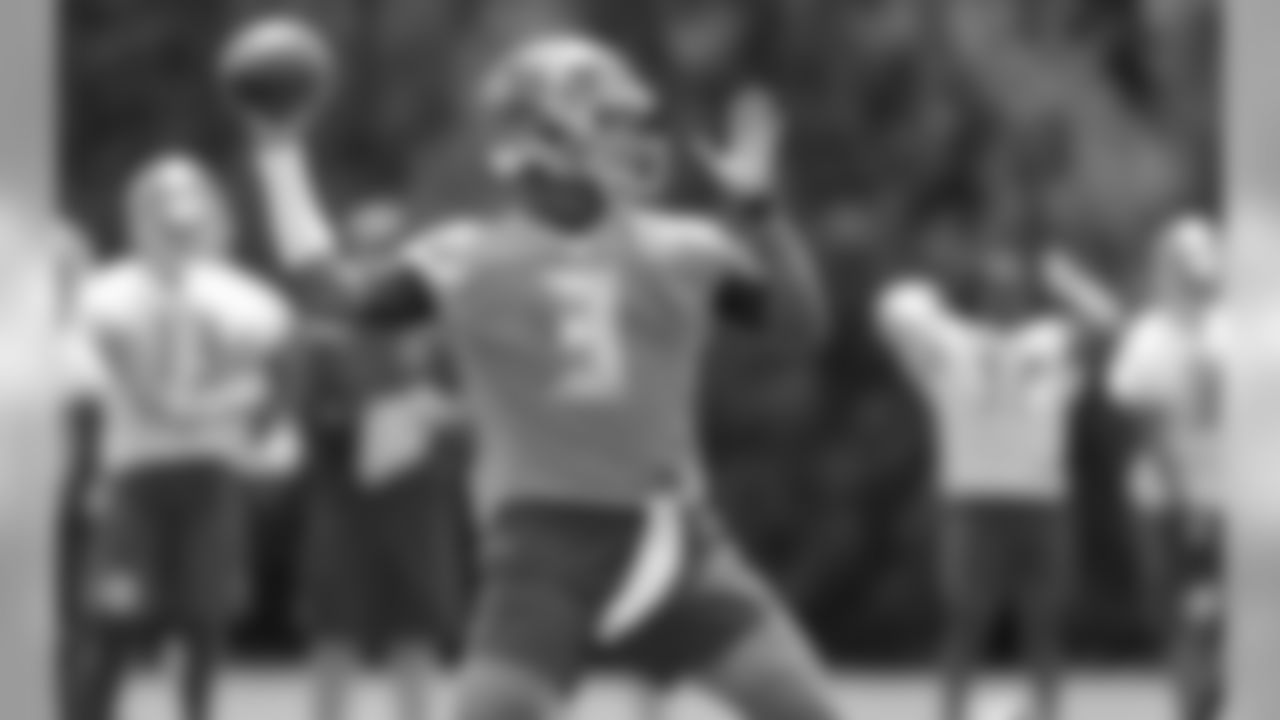

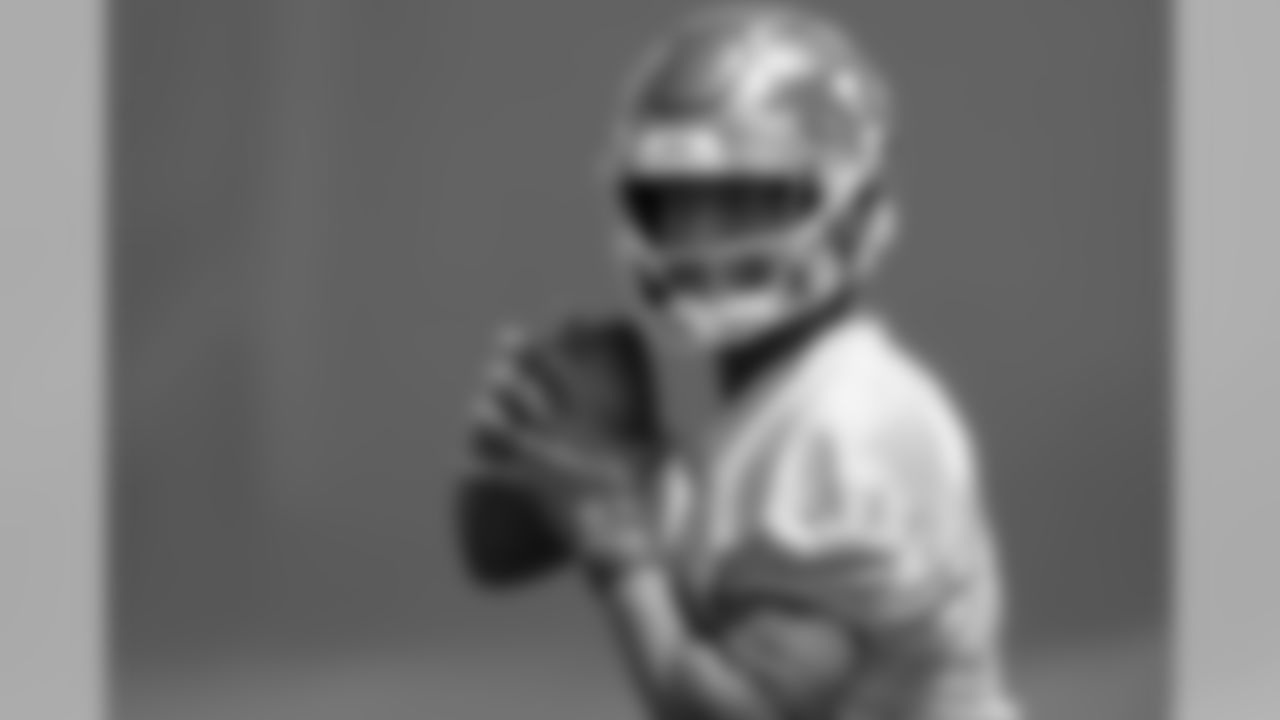
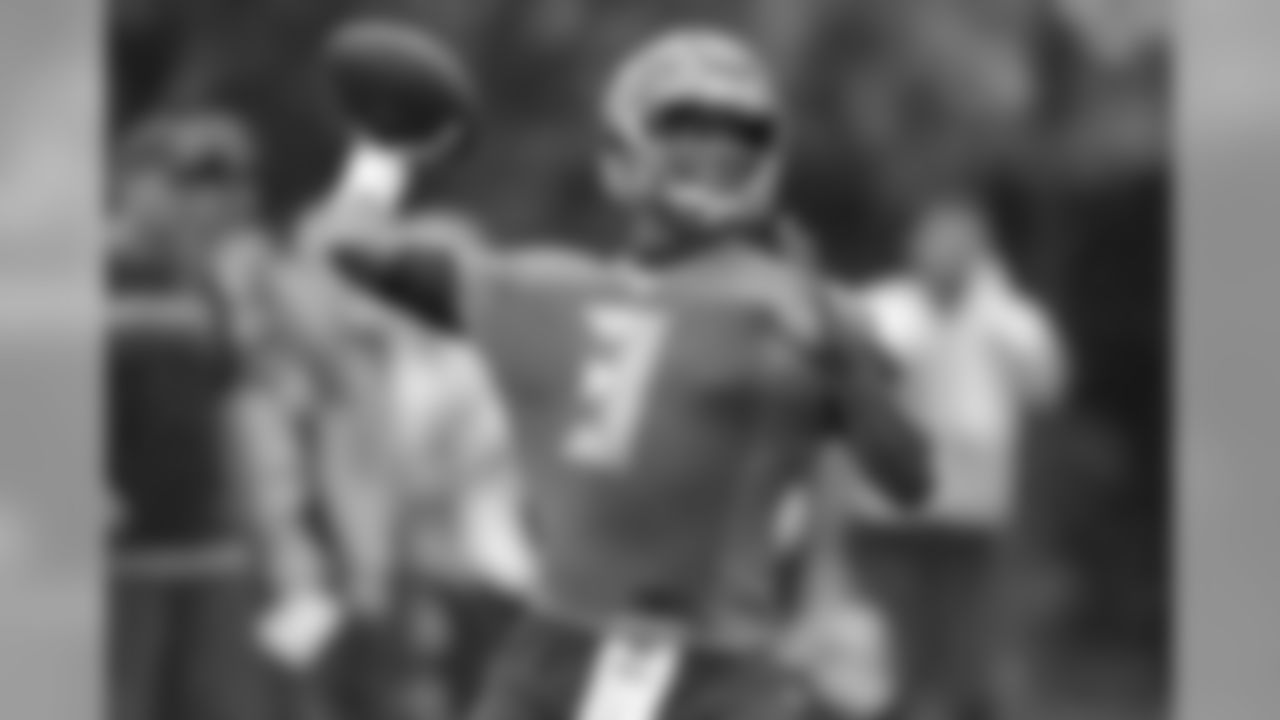


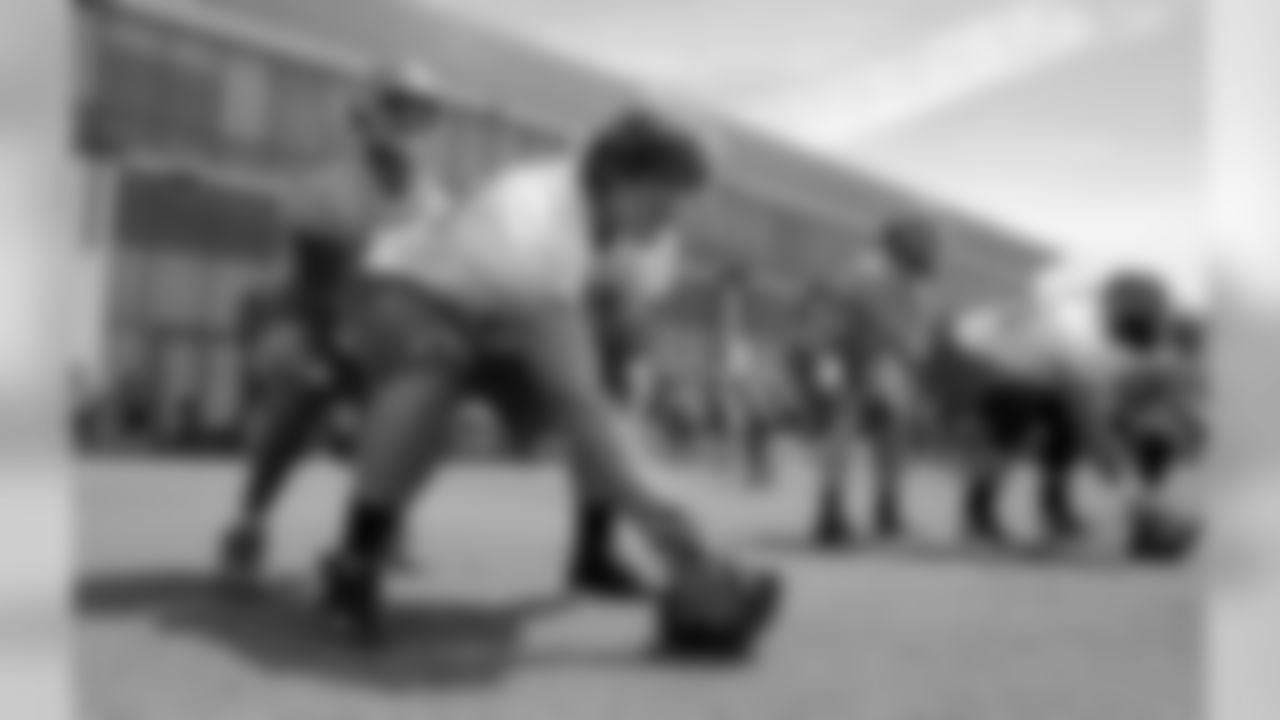





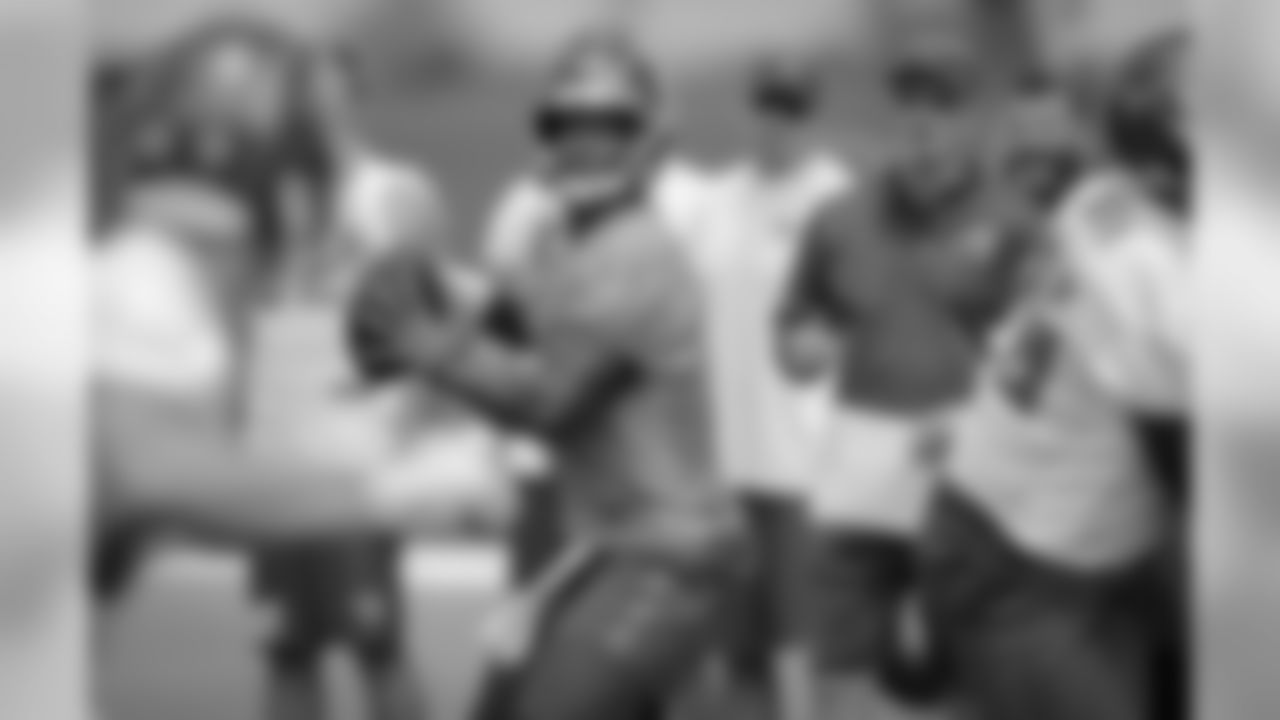












Ideally, the Buccaneers would like to see a relatively clean performance by the offense, particularly the starting offense, though the occasional acrobatic interception would still be celebrated. It's easier to know whether to nod or shake one's head after a turnover when it's the first-team offense going against the third-team defense, or vice versa, but you will see a lot of "ones on ones" during mini-camp.
With Winston looking to curtail his turnovers in 2017 and continue his development into one of the league's elite quarterbacks, his every pass will be scrutinized, and hopefully not too many will end up in the defense's hands. On the other hand, this is the time of the year for learning, testing limits, discovering the strengths and weaknesses of your pass-catchers and figuring out which part of the playbook are most effective. It's likely a few eggs will get broken in June while making the perfect omelet for September.






















